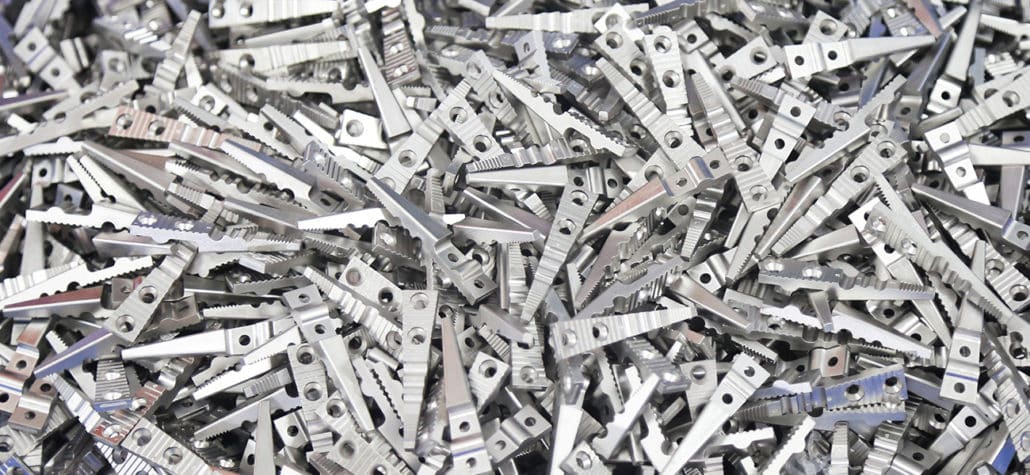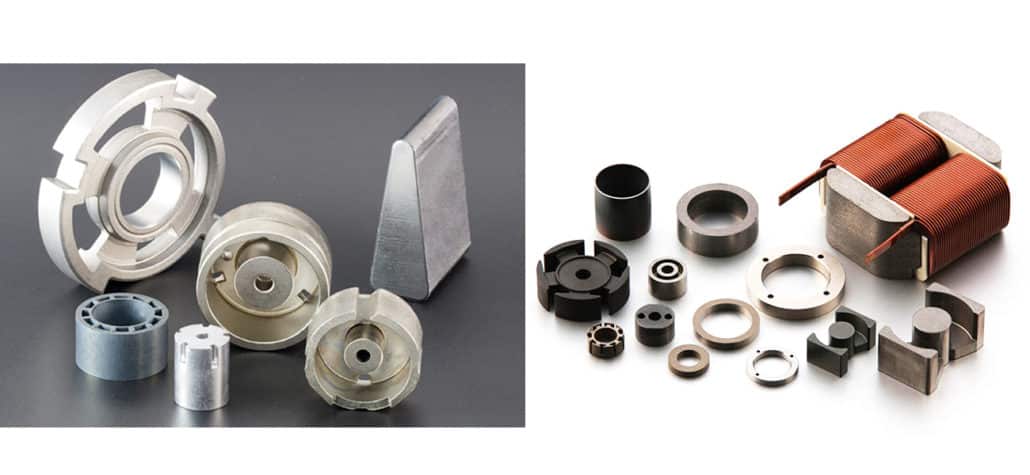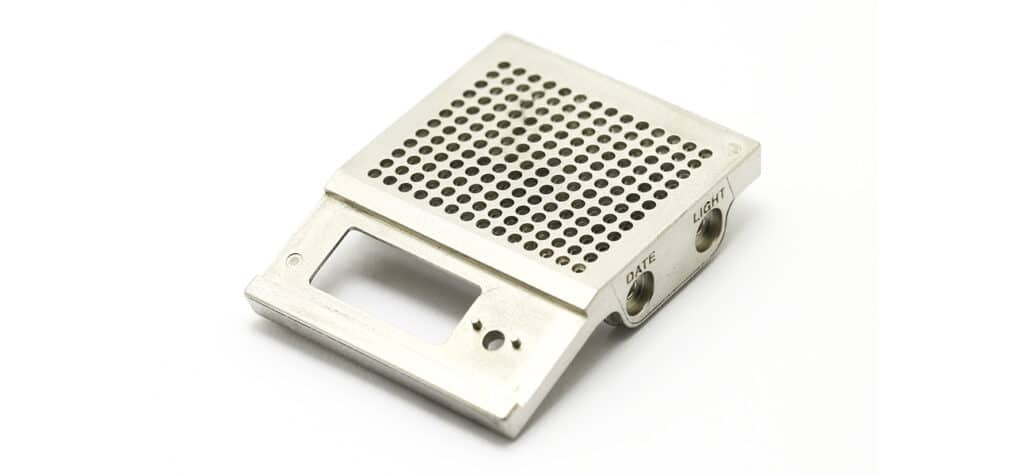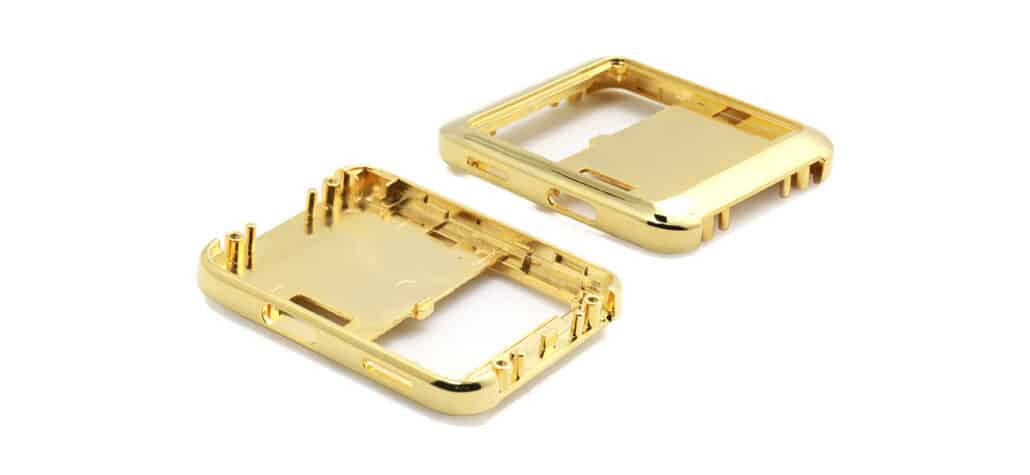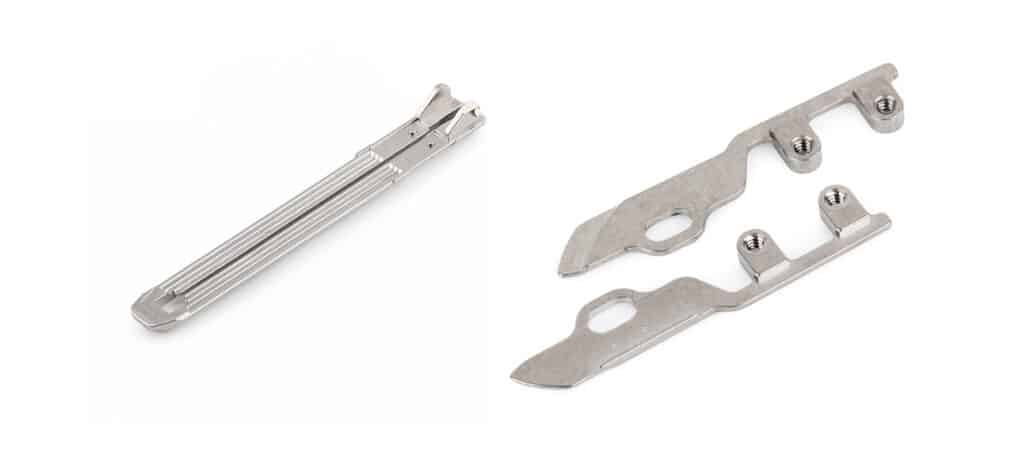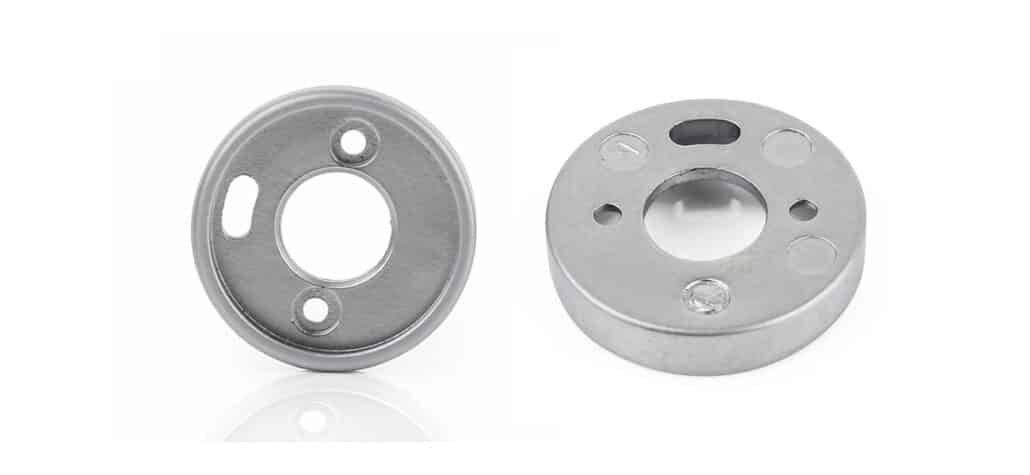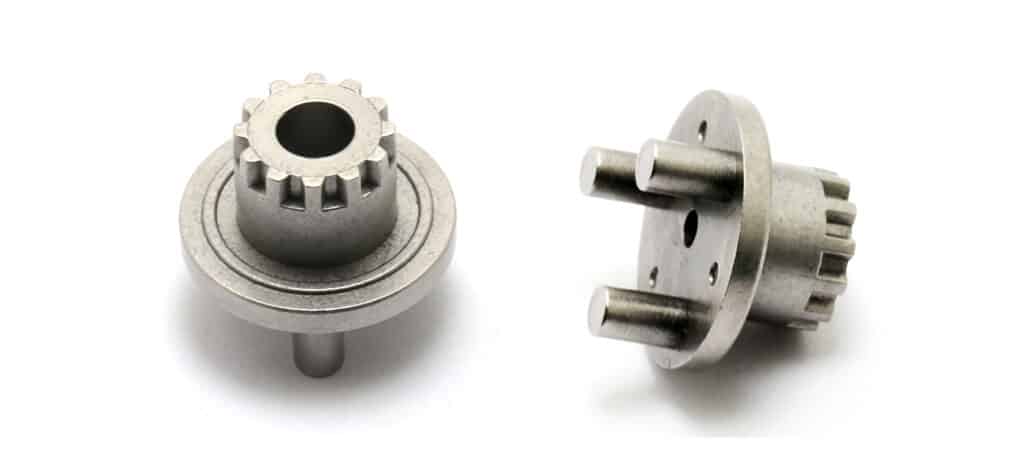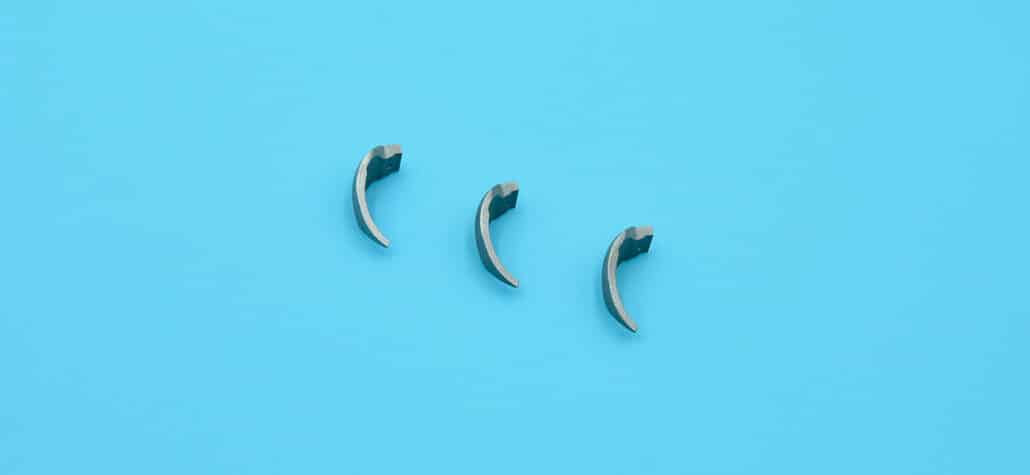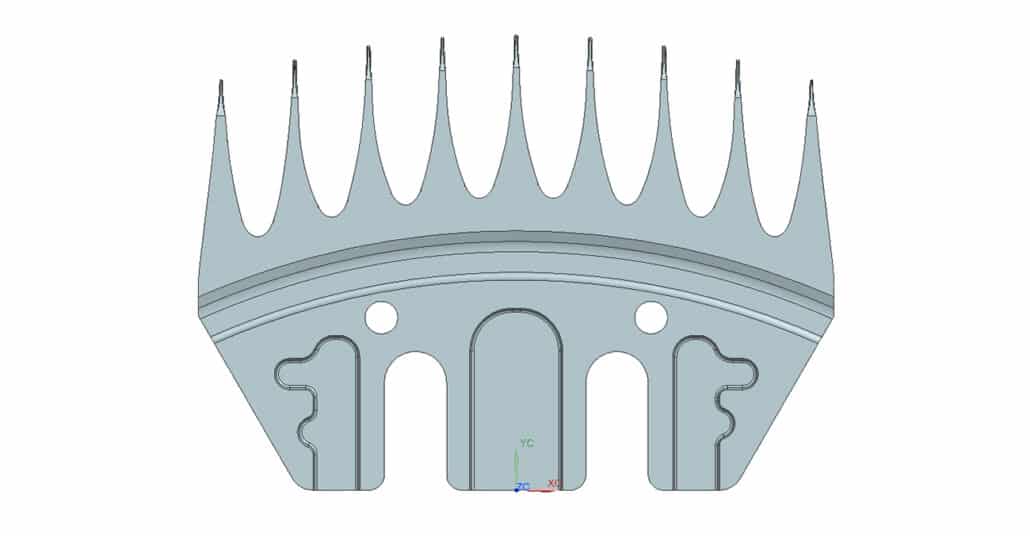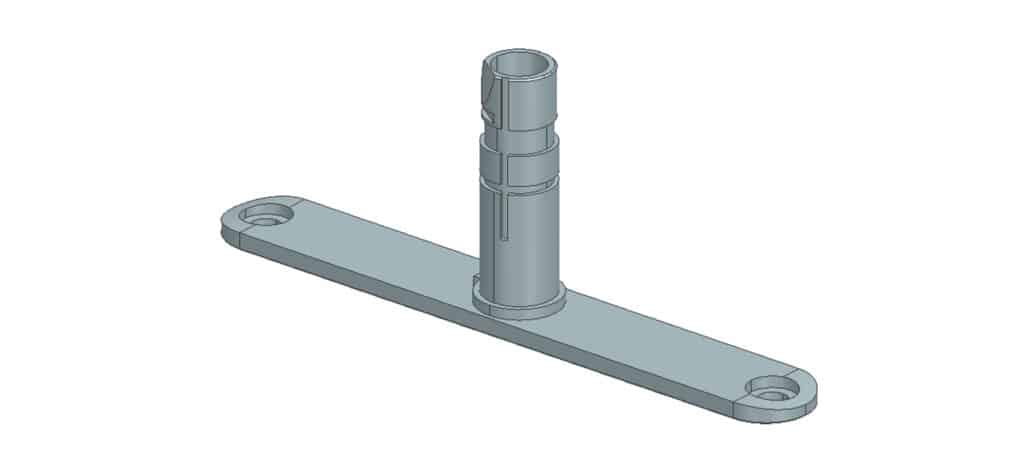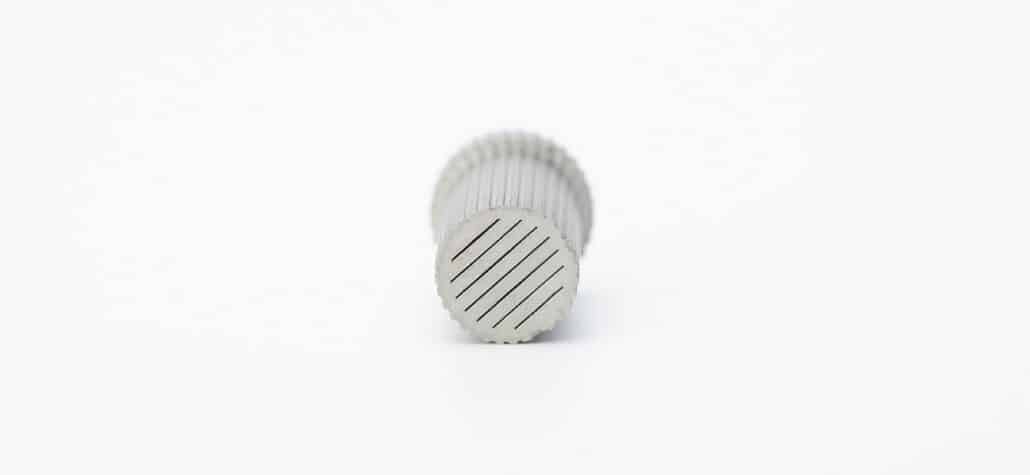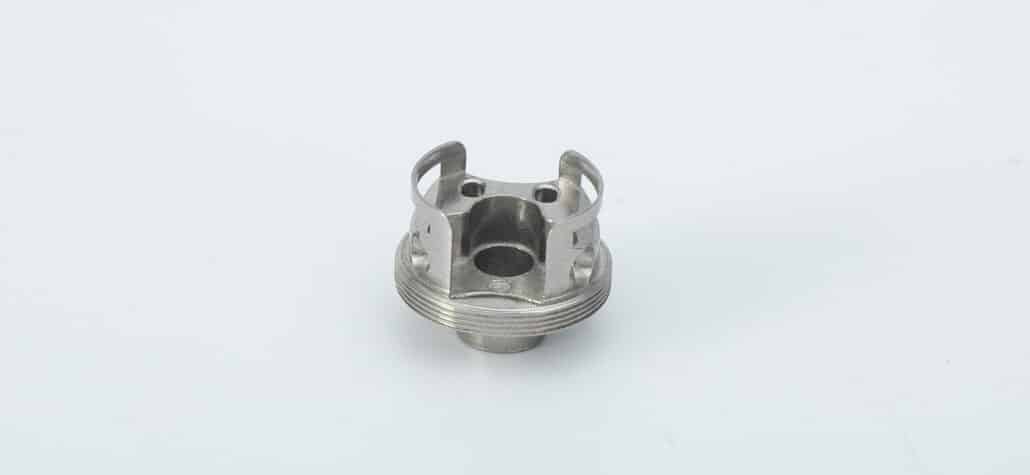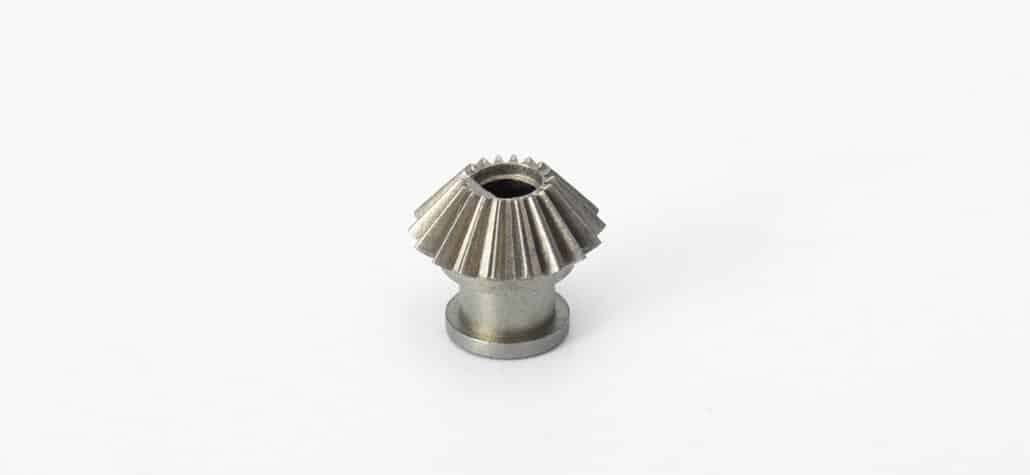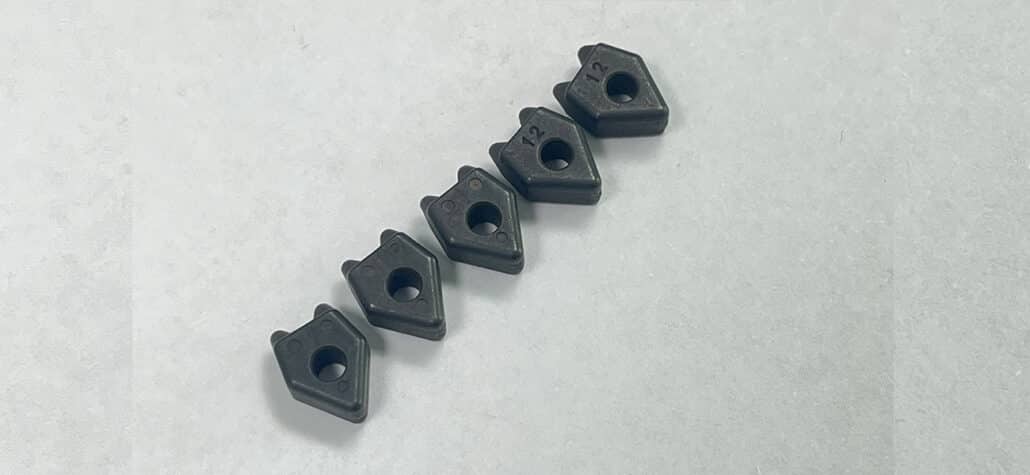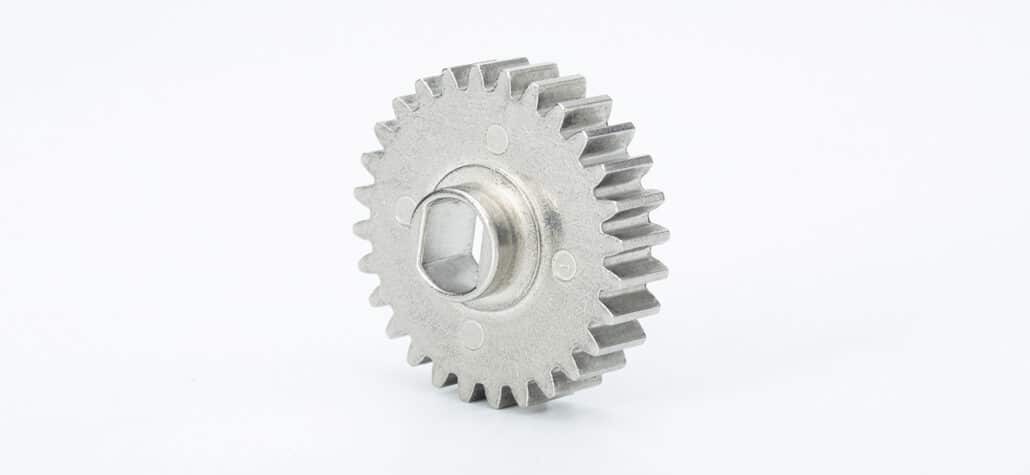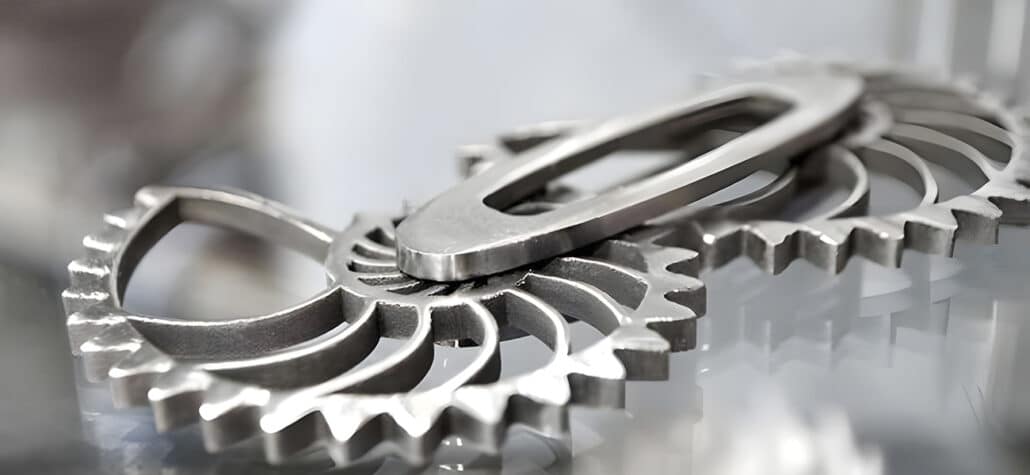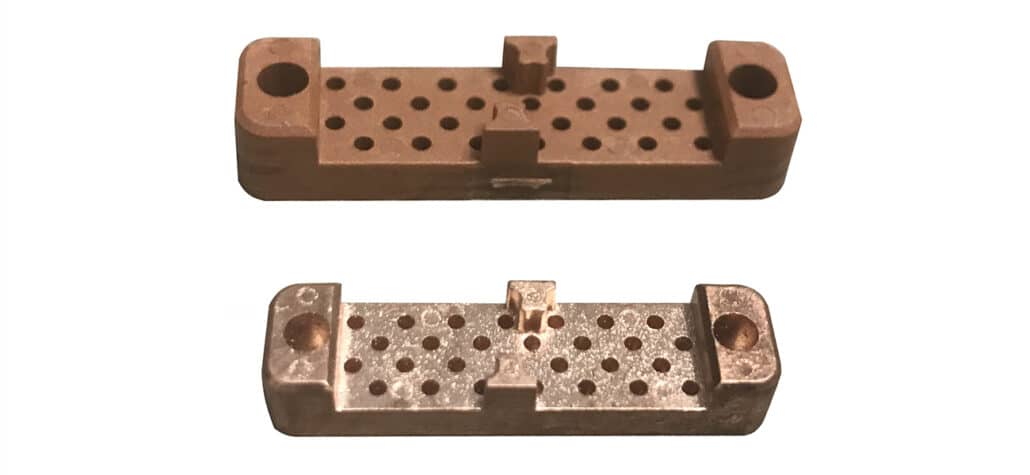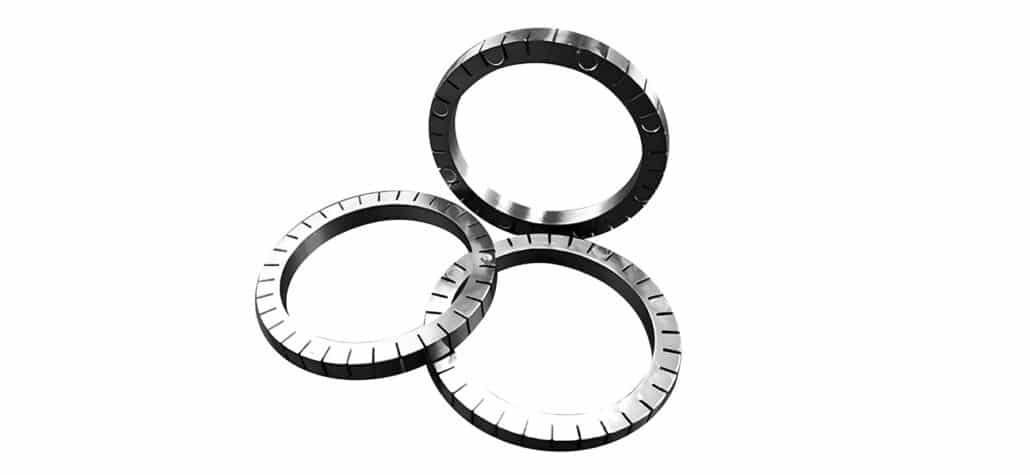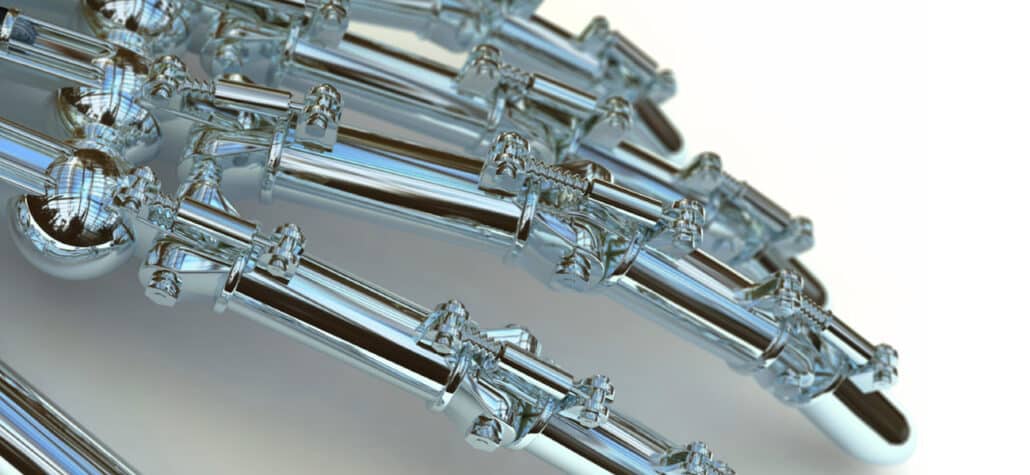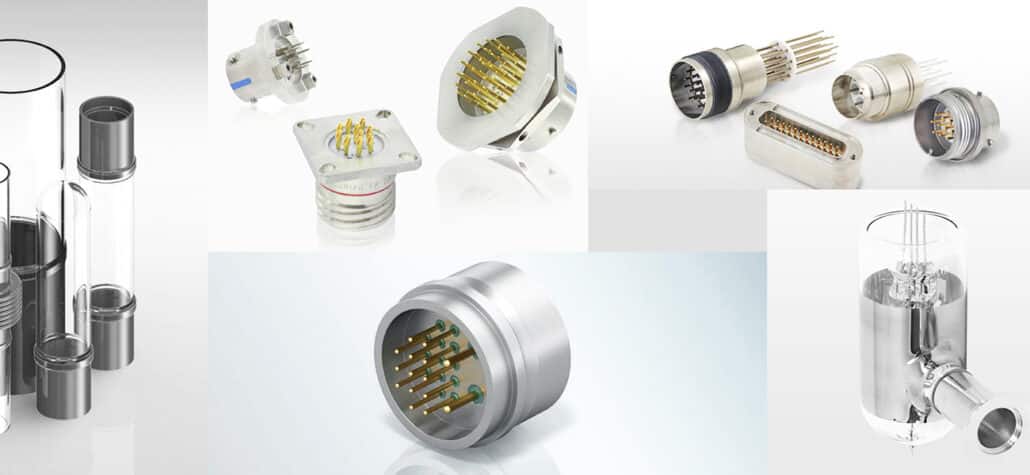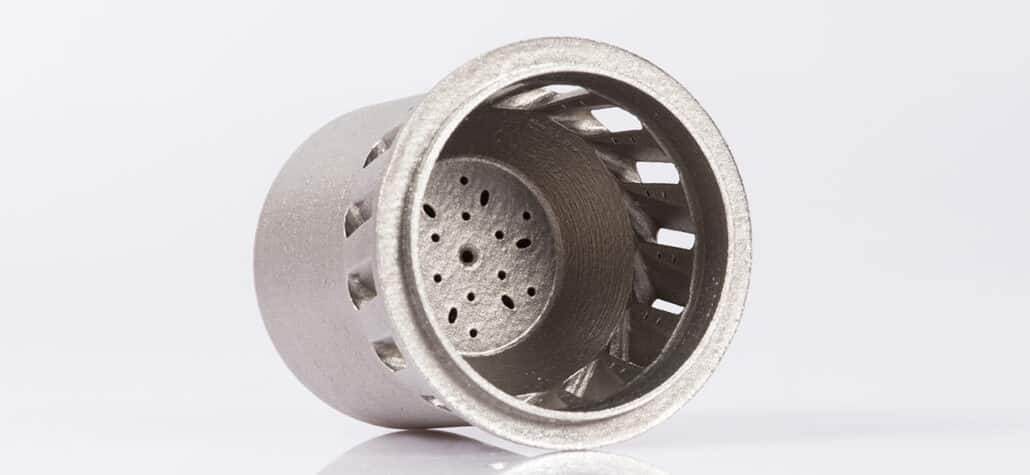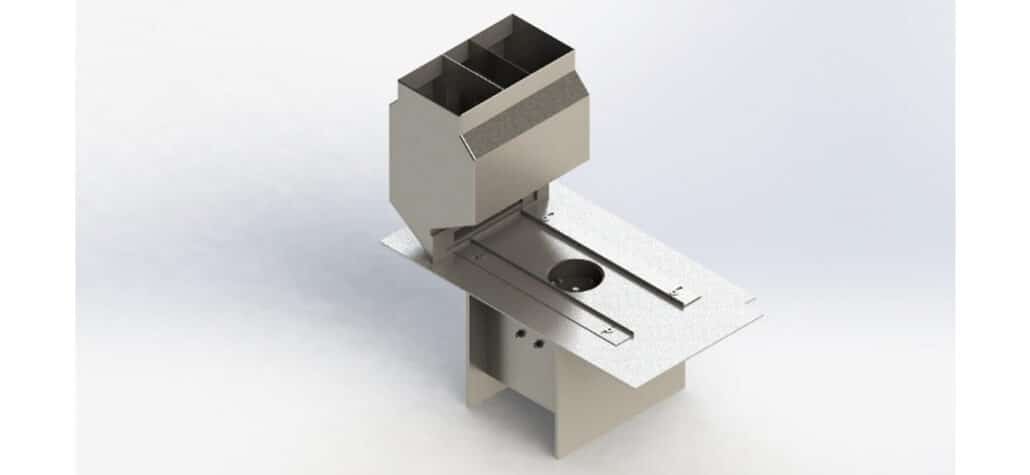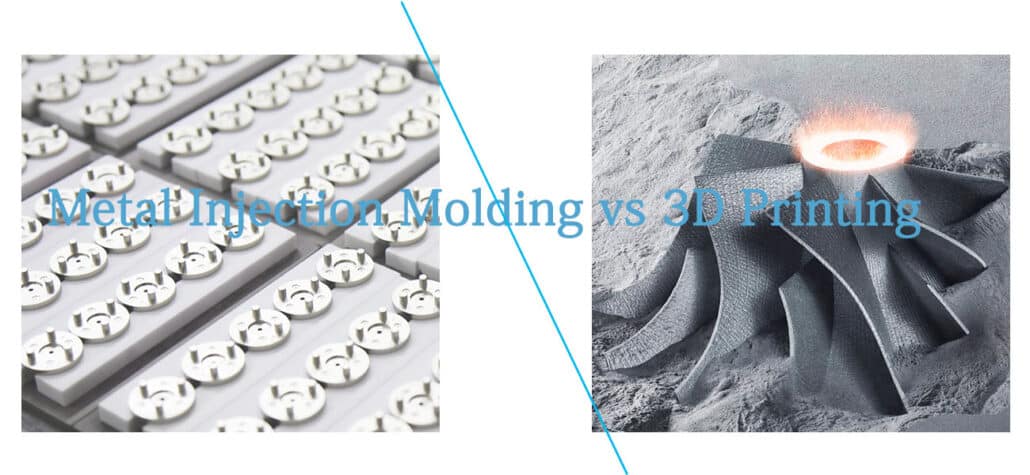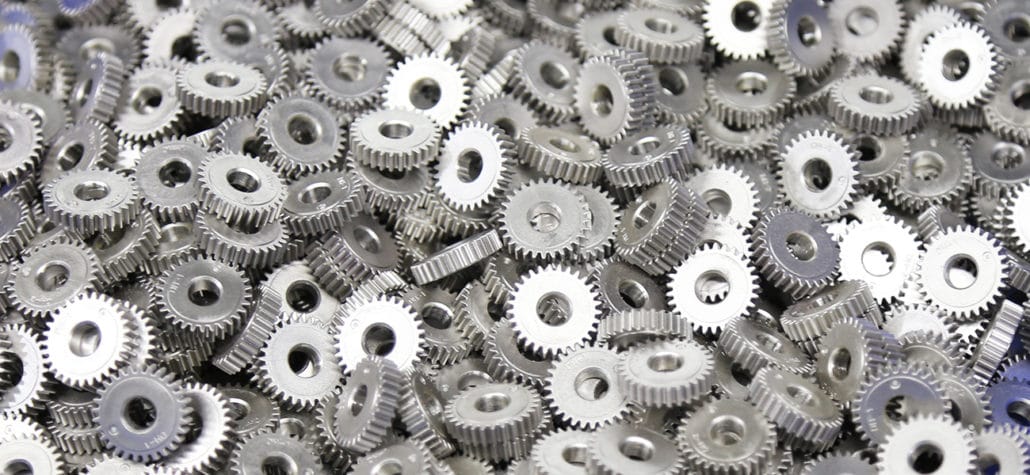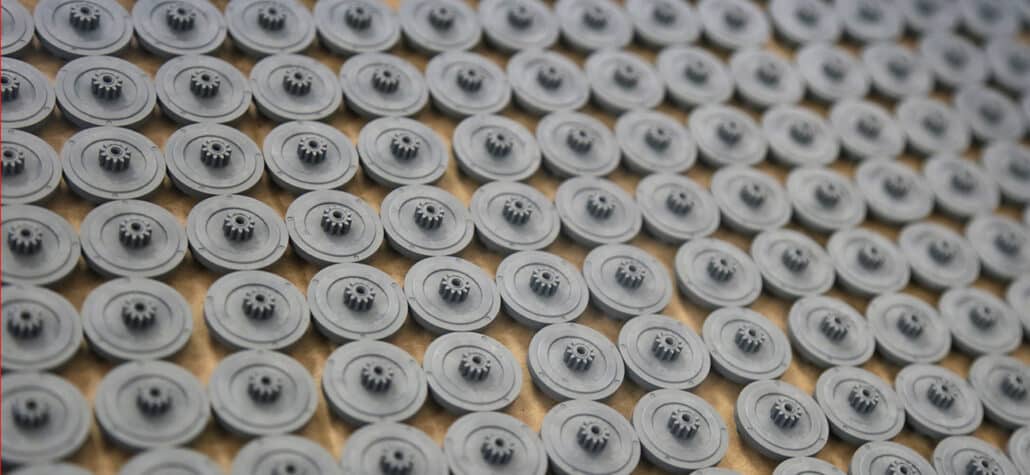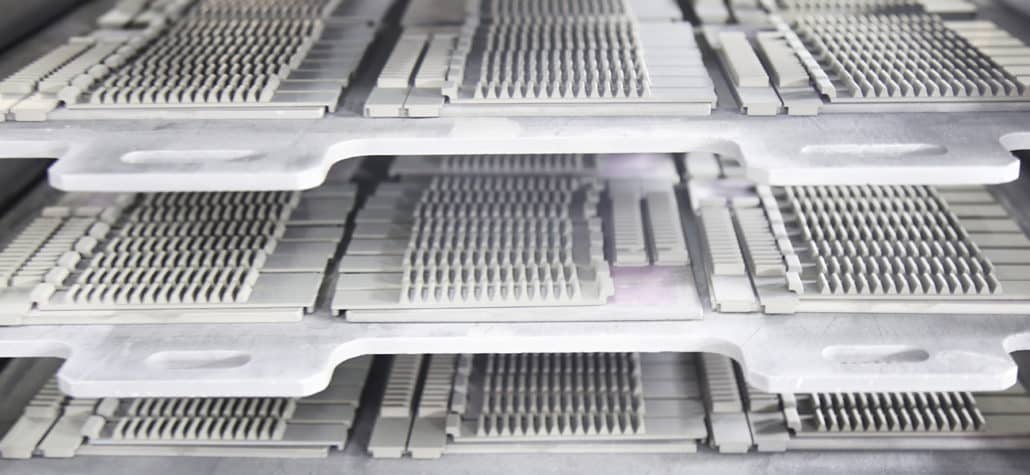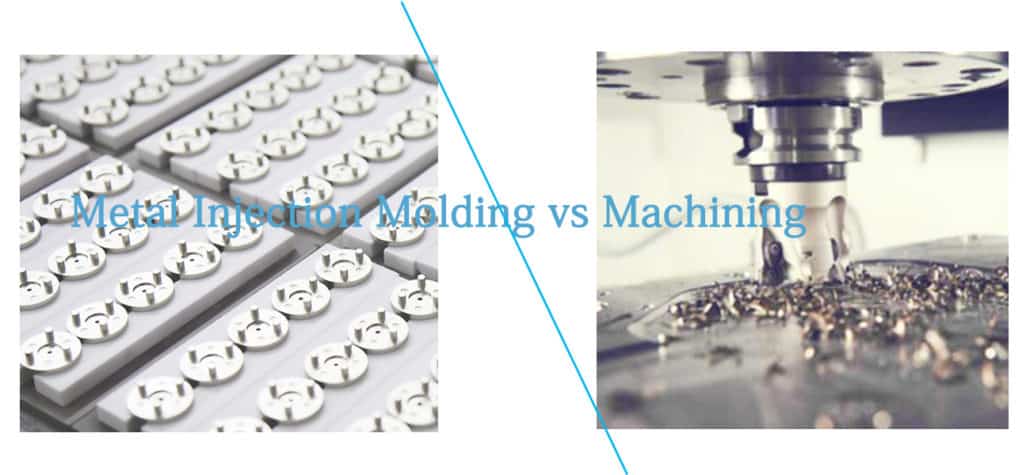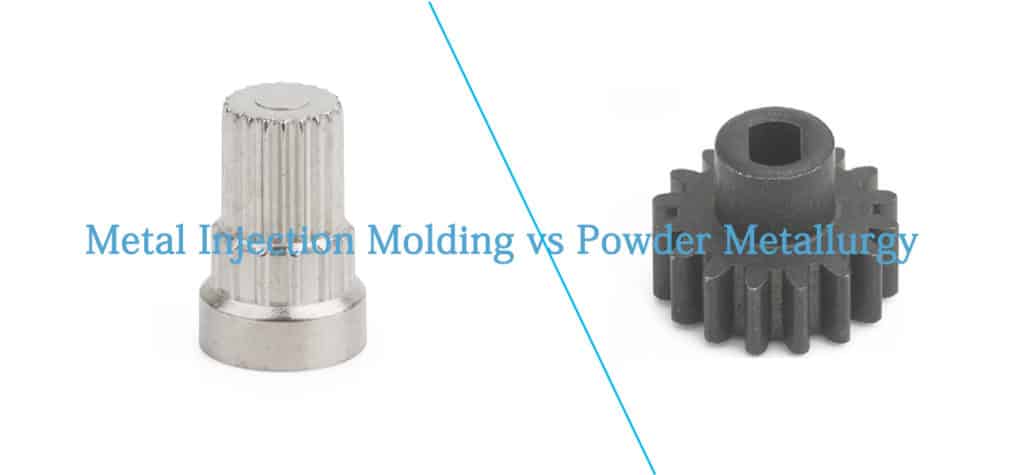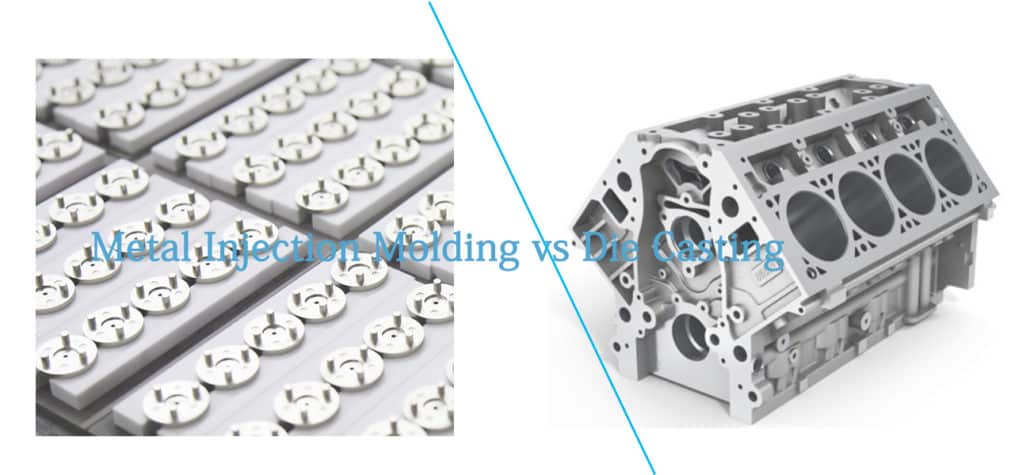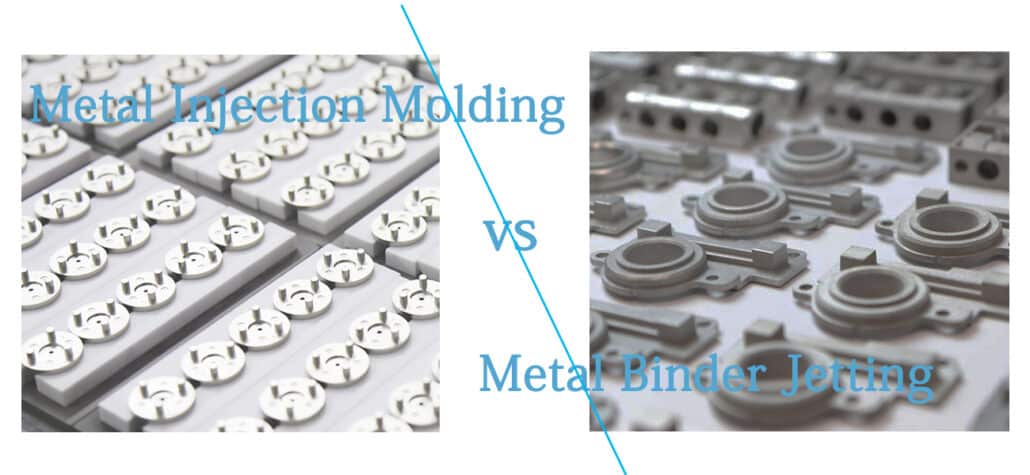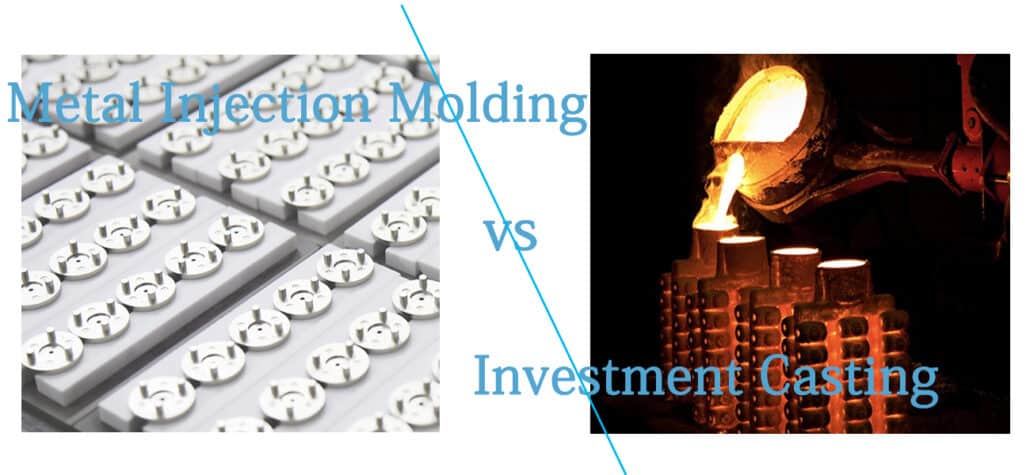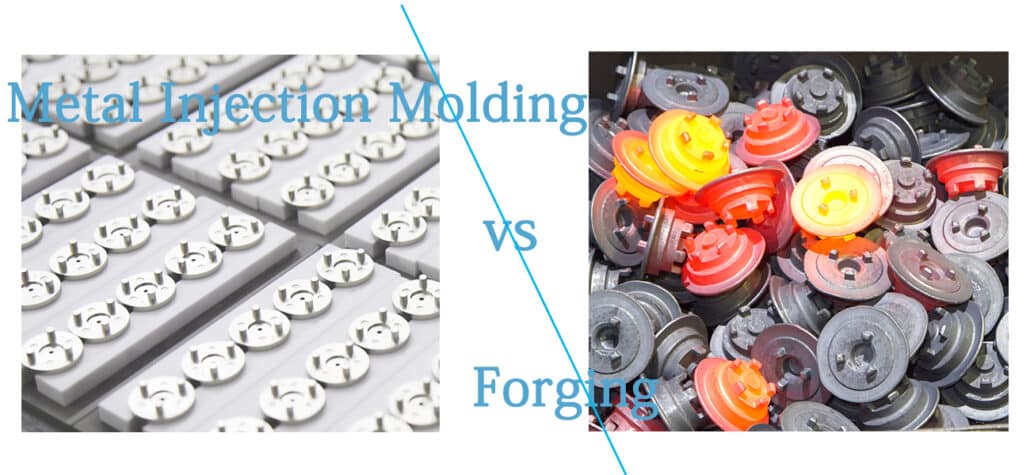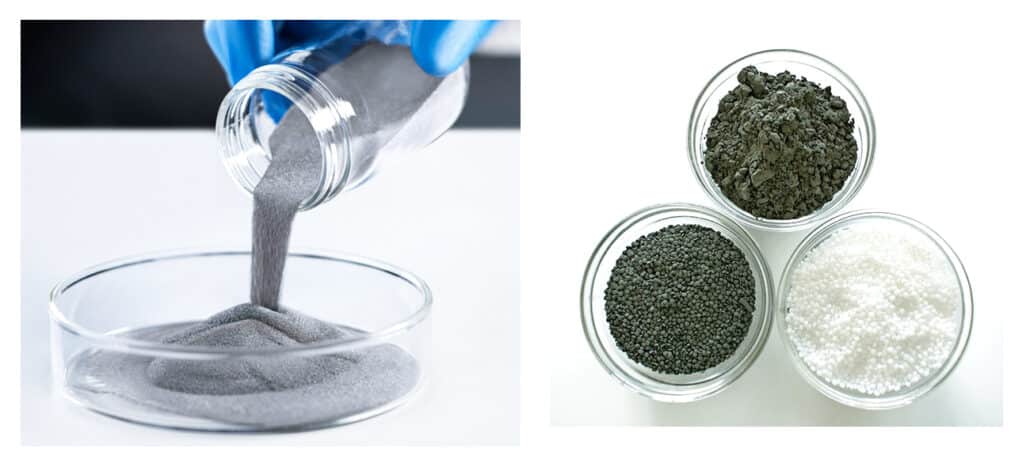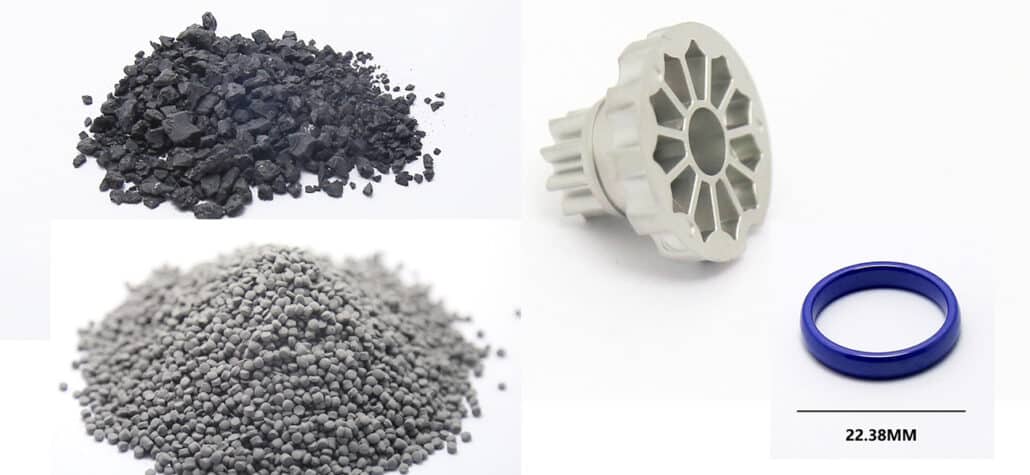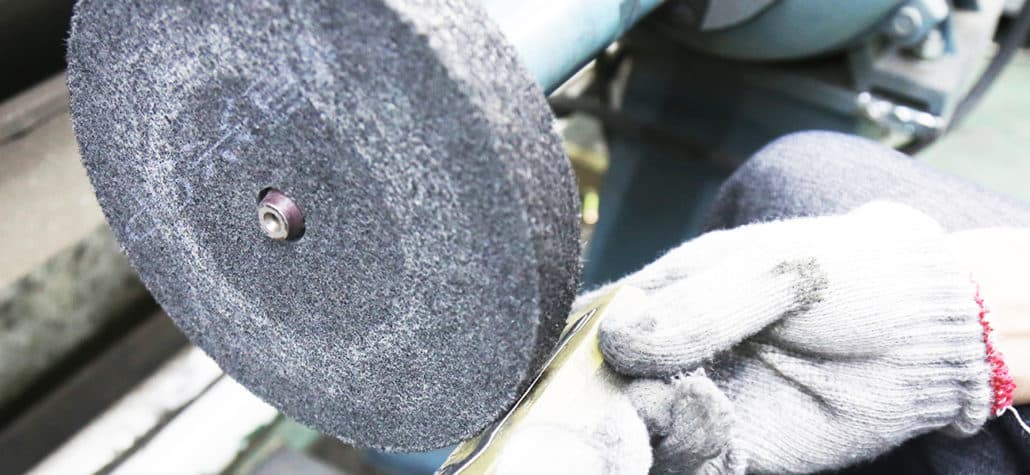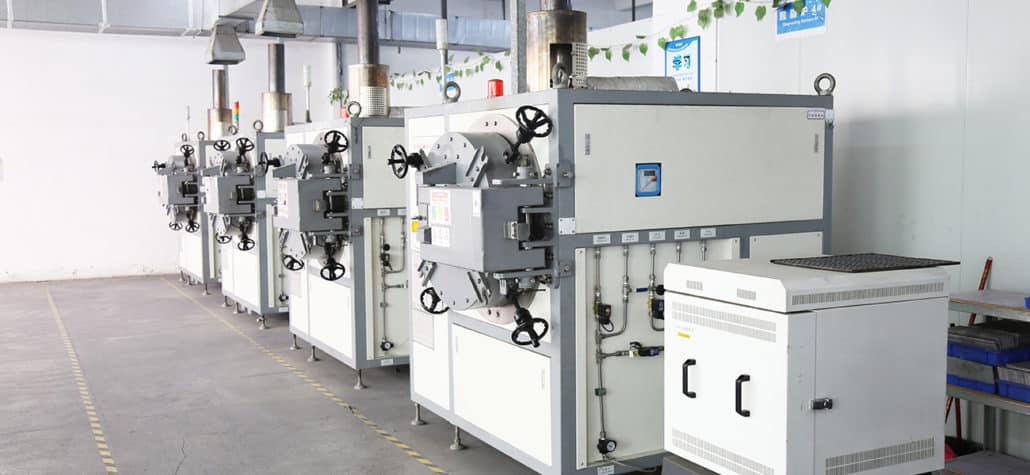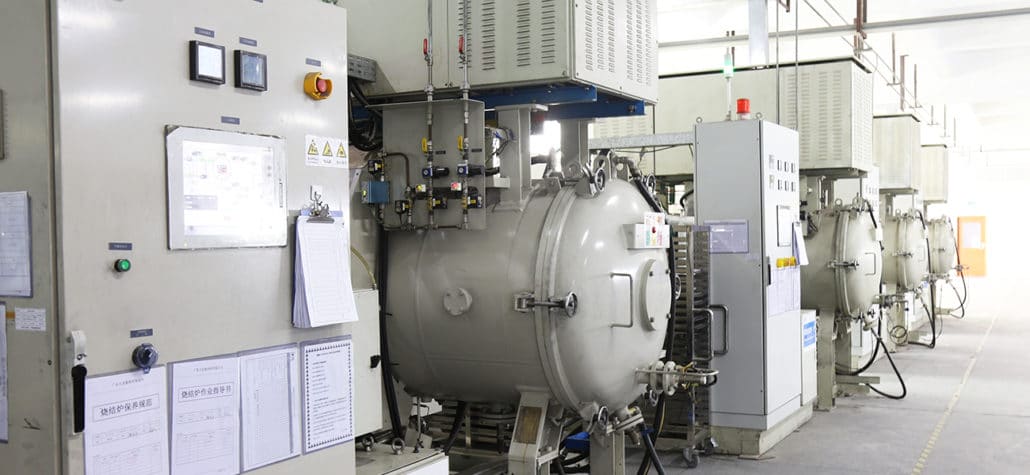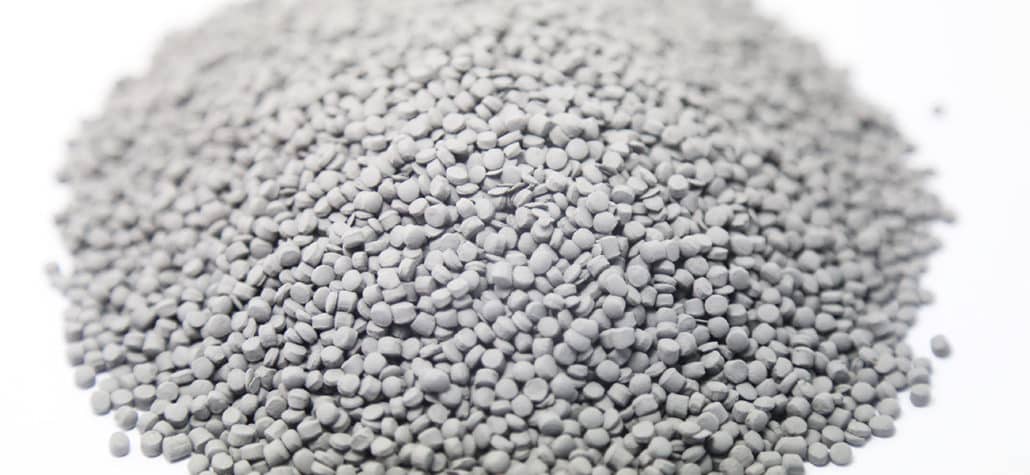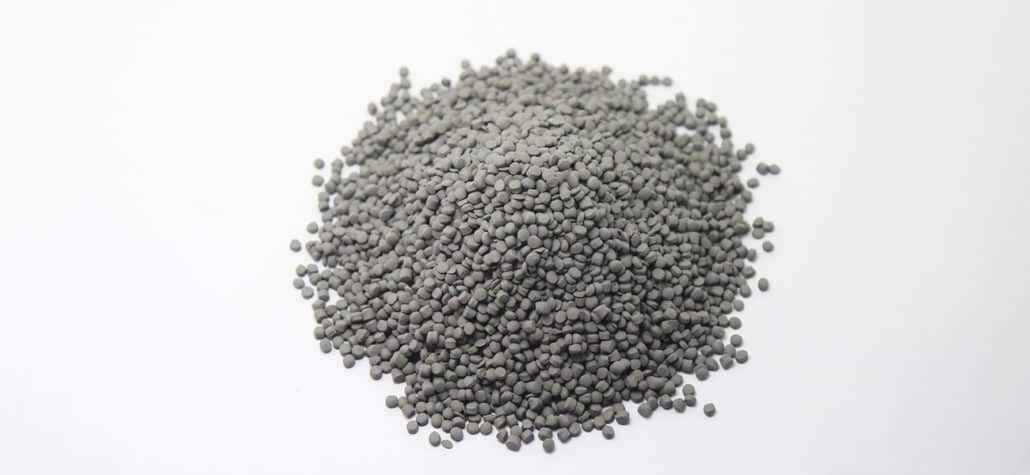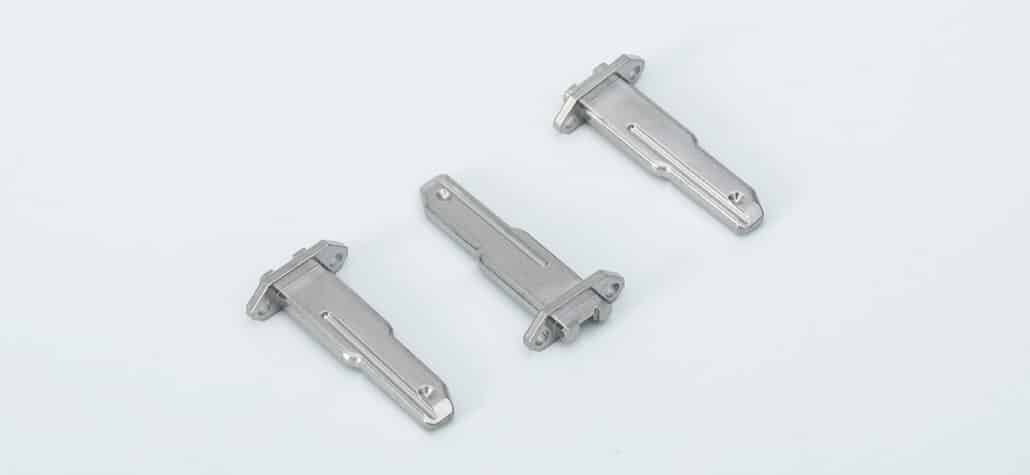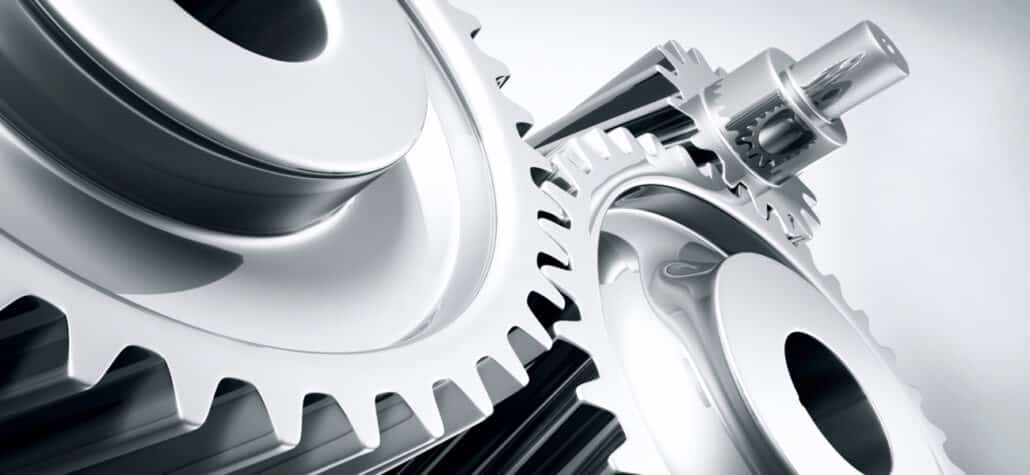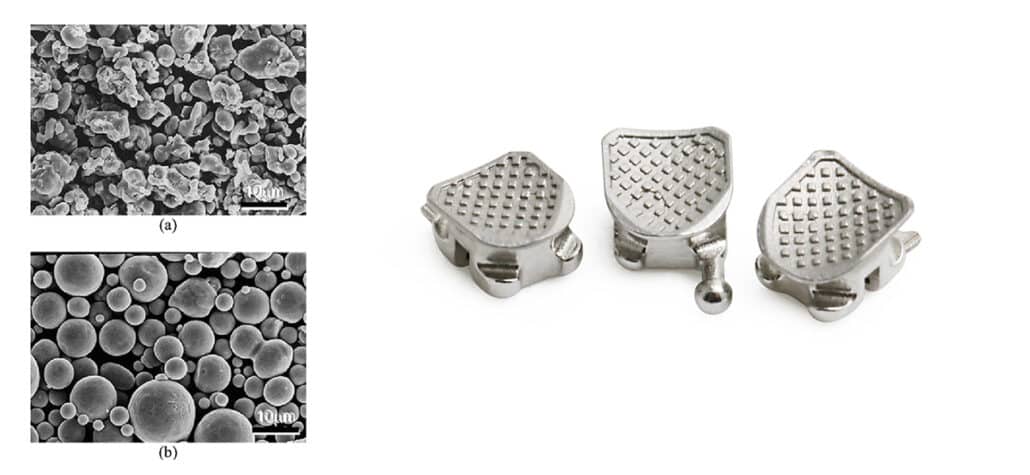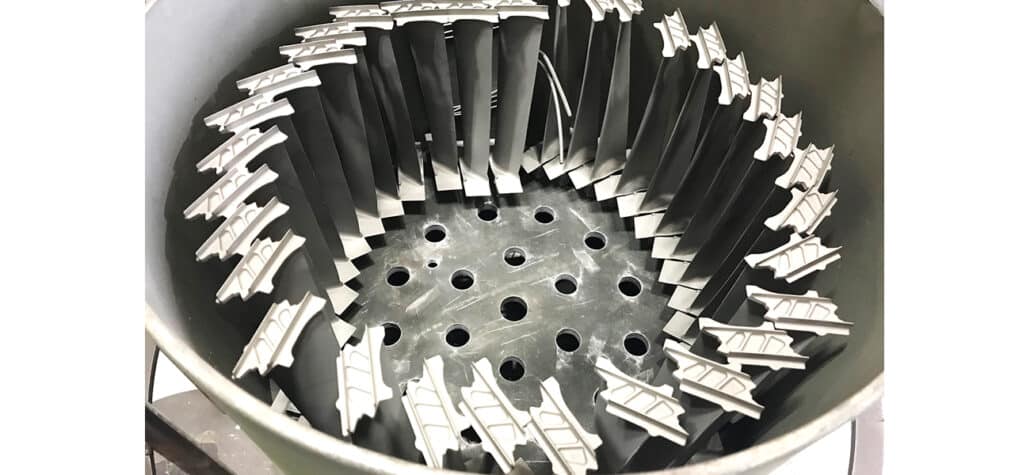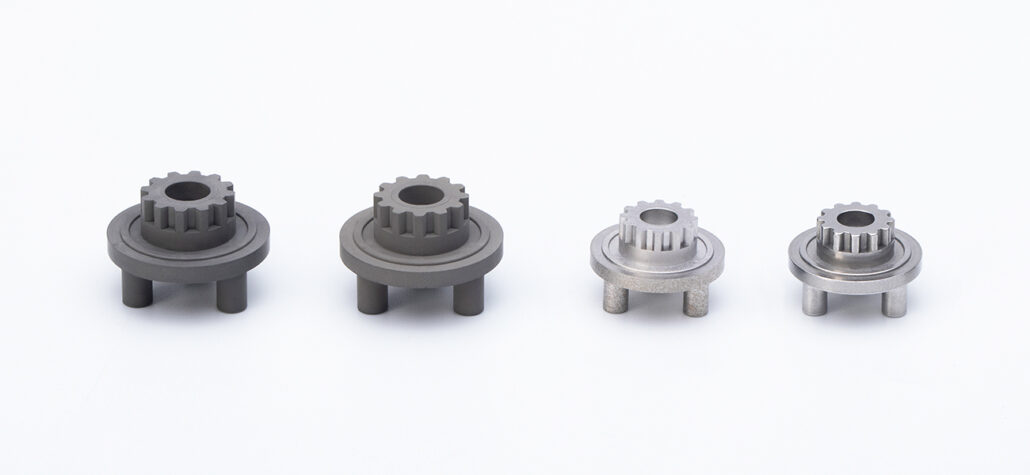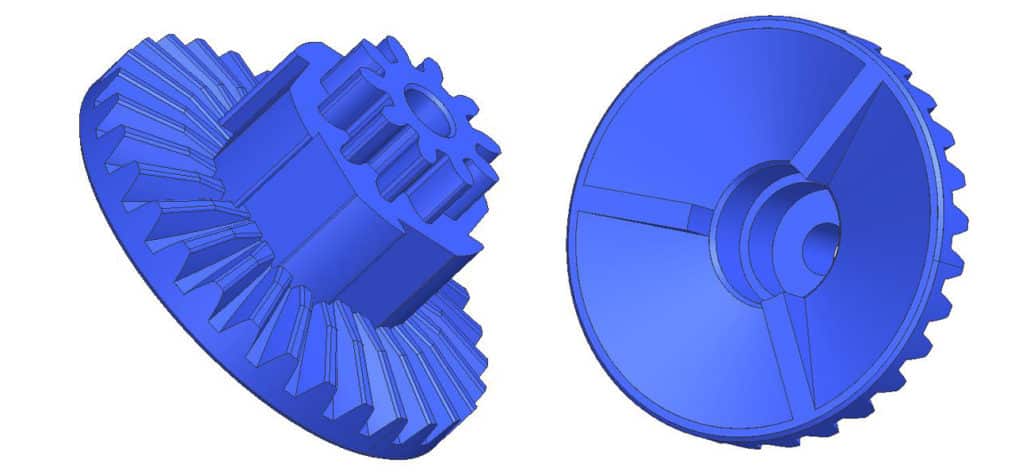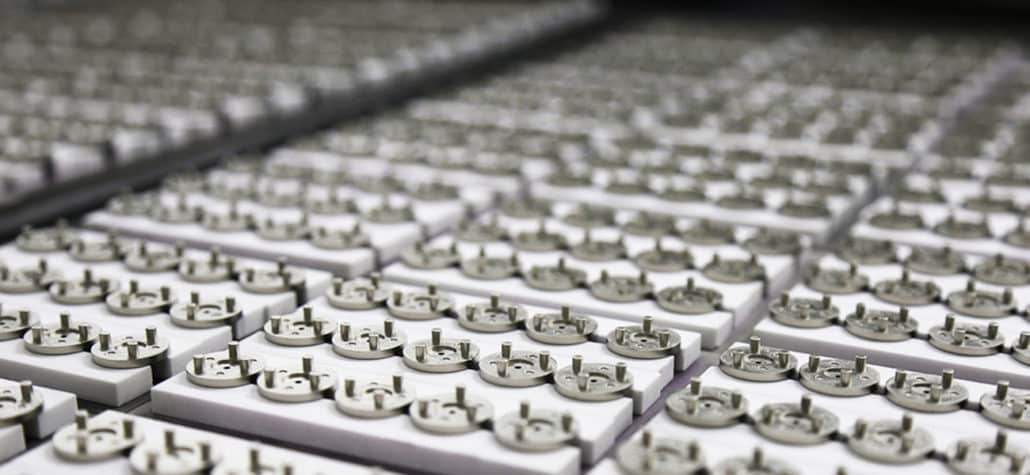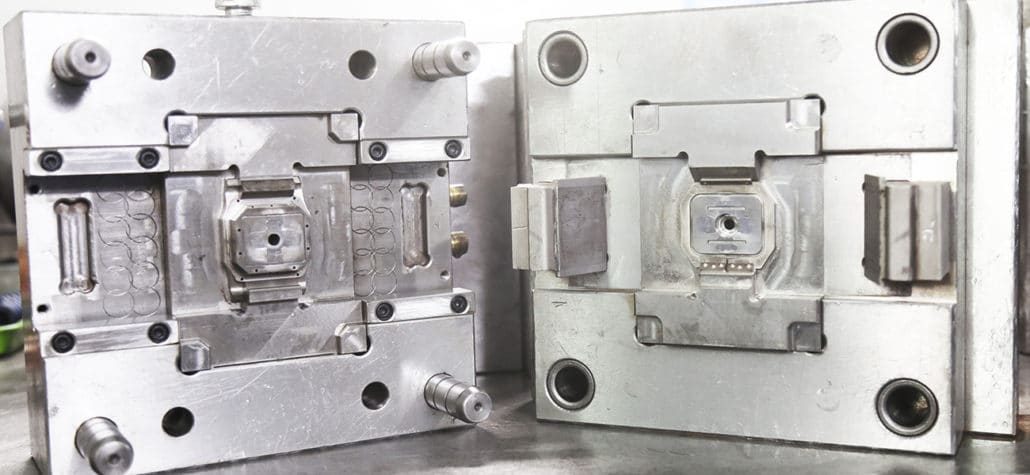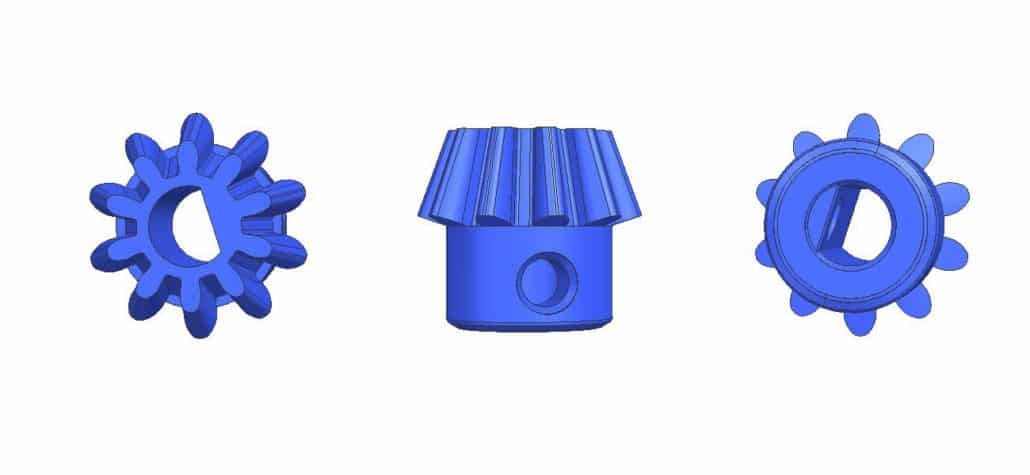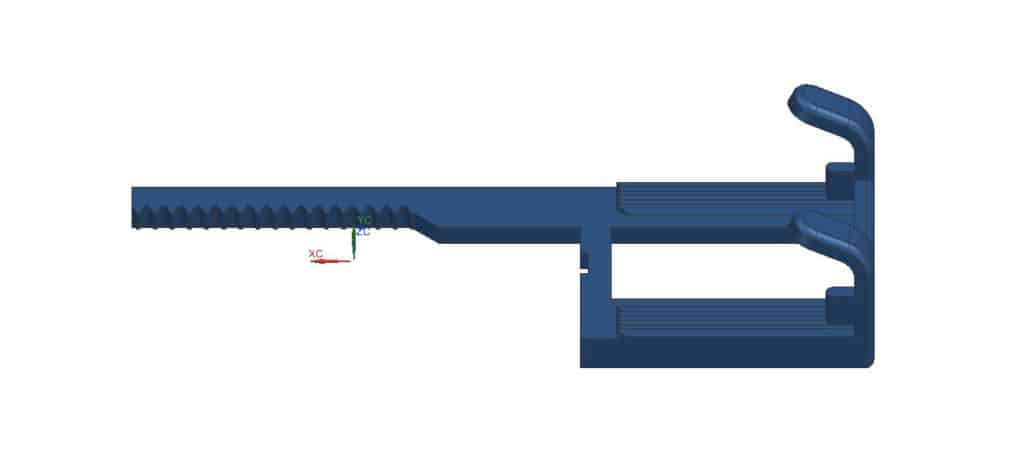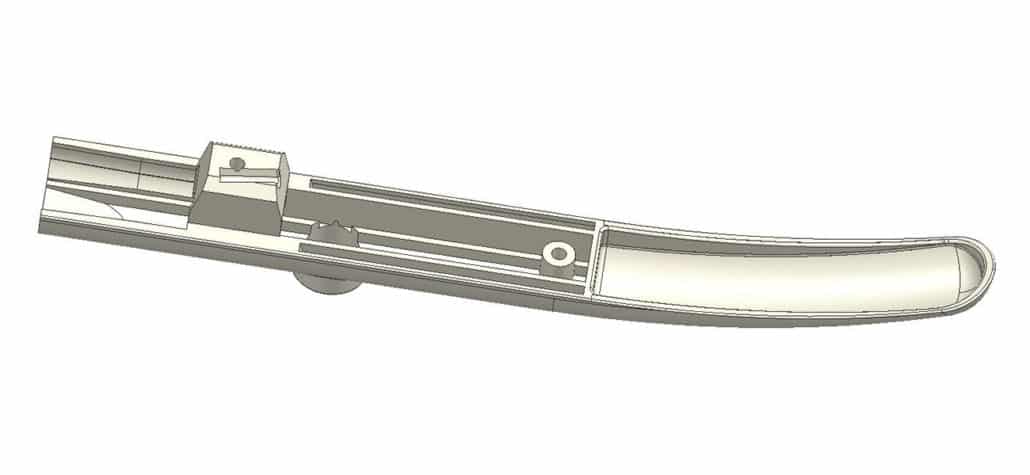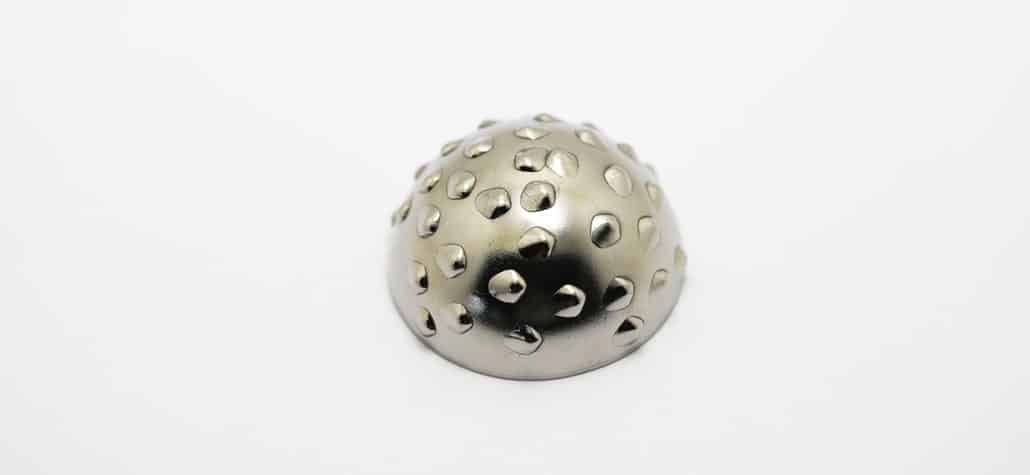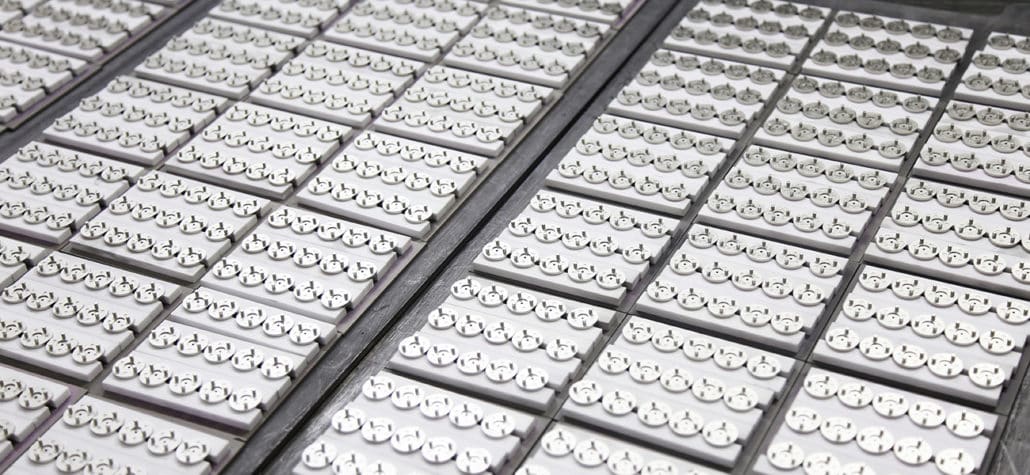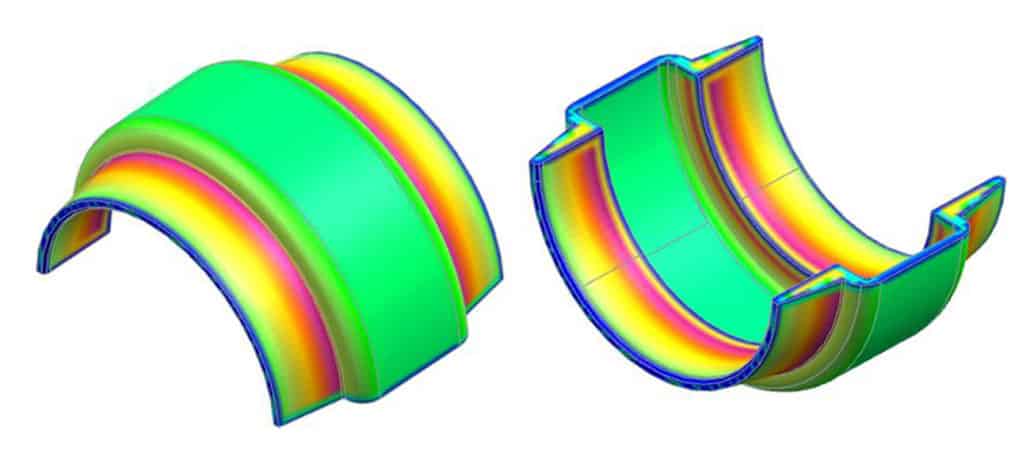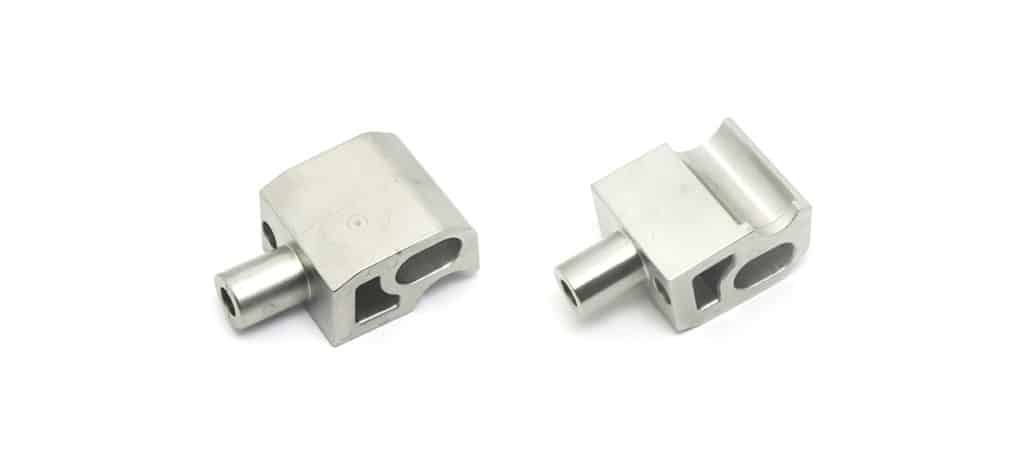Home » Resources
ZCMIM Company Resources
ZCMIM provides professional metal injection molding technology resources to optimize MIM design and manufacturing process.
Metal Injection Molding Technology
Sintering Effect of P.A.N.A.C.E.A.
P.A.N.A.C.E.A has unique non-magnetic property in consumer electronic industry with metal injection molding technology.
Soft Magnetic Materials
Soft magnetic materials are easily magnetized and demagnetized. These materials have intrinsic coercivity less than 1000 A/m.
Nickel-Free Stainless Steel
Metal injection molding (MIM) has the growing demand for nickel-free stainless steel in complex components.
MIM 316
MIM 316L is an austenitic grade and food grade stainless steel, it is suitable for applications with extremely high corrosion resistance.
MIM 17-4
MIM 17-4 PH is a precipitation hardening grade of stainless steel with necessary high strength and hardness.
MIM 304
MIM 304 is another austenitic grade stainless steel, it has high-temperature resistance, oxidation resistance and corrosion resistance.
MIM 420 Stainless Steel
Stainless steel MIM 420 is a martensitic heat-treatable stainless steel, it has high strength and hardness, as well as corrosion resistance.
Stainless Steel 430L MIM
Stainless steel 430L is a low-carbon ferritic stainless steel with similar corrosion resistance as stainless steel in mildly environments.
Stainless Steel 440C
MIM 440C is a martensitic stainless steel, this stainless steel have excellent strength, hardness, and wear resistance.
MIM F75 Sintering
MIM F75, as the most popular cobalt-base alloys, has been applied for implantable medical devices for decades.
MIM HK30
HK30 is a niobium-stabilized austenitic chromium-nickel steel, it has excellent resistance to carburization, sulphidation, oxidation.
FeNi36
FeNi36 is also known as Invar 36, or Invar alloy. It has the uniquely low CTE, this makes Invar alloy used in many precision instruments.
MIM 4340
4340 Steel is a nickel-chromium-molybdenum steel with high hardenability and tensile. It is an ultra-high strength steel.
MIM 4140
4140 steel is a low alloy steel with chromium, molybdenum, and manganese. It has wide application in numerous industries.
MIM 4605
MIM 4605 is a low alloy steel with element of carbon, nickel and molybdenum. It can achieve high hardness and strength by heat-treatment.
MIM Titanium
MIM titanium normally refers to Ti-6Al-4V. It is an alpha-beta titanium alloy with high specific strength and excellent corrosion resistance.
MIM Copper
Copper MIM and its alloys have excellent thermal and electrical conductivity, these properties are suitable for application in electrical and electronic industry.
Tungsten MIM
Tungsten MIM (Tungsten Metal Injection Molding) is a sophisticated process for custom tungsten fabrication.
Cobalt MIM
Co-MIM combines cobalt alloy powders with conventional MIM process, in order to create functional parts with high toughness and wear resistance.
F15 (Kovar) MIM
Kovar (MIM F15) is a nickel-cobalt ferrous alloy with specific properties, it has low coefficient of thermal expansion (CTE).
IN718 MIM
Inconel 718 (IN718) is a nickel-based supper-alloy with high strength, oxidation resistance and heat corrosion resistance.
IN713C MIM
In713C is a nickel base super-alloy in the most demanding environments of aerospace and powder generation applications.
Metal Injection Molding Blog
MIM vs 3D Printing
Metal injection molding (MIM) vs Metal 3D printing (Addictive Manufacturing) are high competitive metal manufacturing technologies.
What are MIM Parts
What are MIM part, MIM Parts refers to metal components produced by metal injection molding process, which is a new metalworking technology.
How MIM Work
MIM mix metal powder with binder materials, mold into desired shape, then remove the binder materials and sinter into the final part.
What is Metal Injection Molding
Metal injection molding is a cost-effective metal manufacturing, we can consider some effective guidelines to achieve successful application.
MIM vs Machining
Metal injection molding (MIM) vs Machining technology have unique advantages and benefits in manufacturing process.
MIM vs PM
Metal injection molding (MIM)vs powder metallurgy (PM) are both powder based technology for metal parts with small-size and high quality.
Metal Injection Molding vs Die Casting
Metal Injection Molding vs Die casting witness MIM is an effective metalworking way to produce small-size parts with complex geometries.
MIM vs MBJ
Metal Injection molding (MIM) vs Metal Binder Jetting (MBJ) have similar densifying processes of debinding and sintering.
Metal Injection Molding vs Investment Casting
Metal injection molding (MIM) vs Investment casting (IC) are both cost-effective manufacturing technologies for high-quality metal components.
Metal Injection Molding vs Forging
Metal injection molding (MIM) vs Forging are two total different metalworking methods, result in different properties for final metal parts.
MIM Powder
Metal injection molding (MIM) powder is the basic of MIM feedstock, MIM power determines the sintering process and final propertie.
Powder Injection Molding
Powder Injection Molding (PIM) is a cost-effective manufacturing technology for high volume production of shaped components from powders.
MIM Polishing
MIM Polishing can be used widely for aesthetic improvement. In order to satisfy both mechanical and cosmetic requirements.
Debinding in MIM
Debinding is a crucial process in MIM, it will create a porous, fragile brown part without deformation and defects.
Sintering in MIM
Sintering process is the most critical step in MIM (metal injection molding). It determines the properties and tolerance of final parts.
MIM Feedstock
ZCMIM make sure all our MIM feedstock composition of metal powder & binder to achieve our required standards.
Custom MIM Materials
ZCMIM selects the right blend of MIM materials to create personalized component with highest standards and excellent properties.
Carbon Control in MIM
Carbon control is the fundamental factor for final component quality, the challenge of carbon element has strong influence in MIM technology.
Tool Steel MIM
Tool steels have significant potential applications in MIM industry and MIM-like manufacturing process.
Micro MIM
Micro MIM is an advanced technique of metal injection molding, it applies sub-μ metal powders and micro-size mold to produce tiny parts.
Hot Isostatic Pressing
Hot Isostatic Pressing (HIP) is a critical post-processing technology for the Metal Injection Molding (MIM) industry.
Iron-Nickel Alloy
The iron-nickel alloy (nickel-iron alloy) is abbreviated as FeNi or NiFe, it is a group of alloys with primary element of nickel (Ni) and iron (Fe).
MIM Design Tips
MIM Design Consideration
Except the normal principle in MIM design Guideline, there are still some detail considerations to be noticed for a successful MIM project.
MIM Parts Size Analysis
In ZCMIM professional design and evaluation process, it is important to realize the parts size impact final MIM final cost and efficiency.
Design Thinking in MIM
IntroductionDesign thinking is a cost-effective effective way for our MIM engineering team to understand customers project.
Optimize MIM Design
ZCMIM engineering team notices the basic consideration to optimize MIM design, in order to guarantee our MIM parts quality and performance.
Designing for Metal Injection Molding
Designing for metal injection molding is critical for MIM manufacturing, there is greater chance of successful adaption of MIM technology.
Parts Consolidation in MIM
MIM part consolidation can integrate and consolidate several separate components combine into a single, net-shape molded parts.
MIM Case Study
Incipio Devices Medical Case
ZCMIM cooperates with Incipio Devices in Switzerland for their medical MIM case with high accuracy and chemical resistance.
MIM Mass Production
Metal injection molding is the most effective manufacturing process to accomplish with mass production at short time.
Fe50Co Electronic MIM Case
Fe50Co soft magnetic alloy has high saturation magnetic induction and high Curie temperature, with high BS and temperature requirement.
Optical Instrument Case
Optical instruments have high precision in the critical dimensions to satisfy the further functions of observation, recording and analysis.

